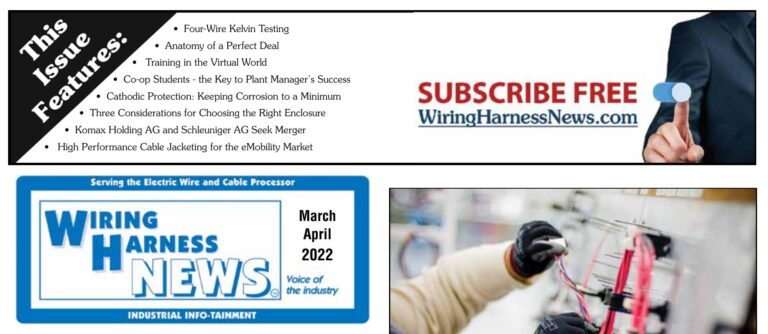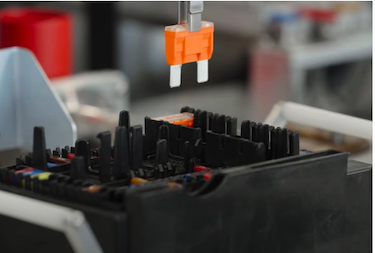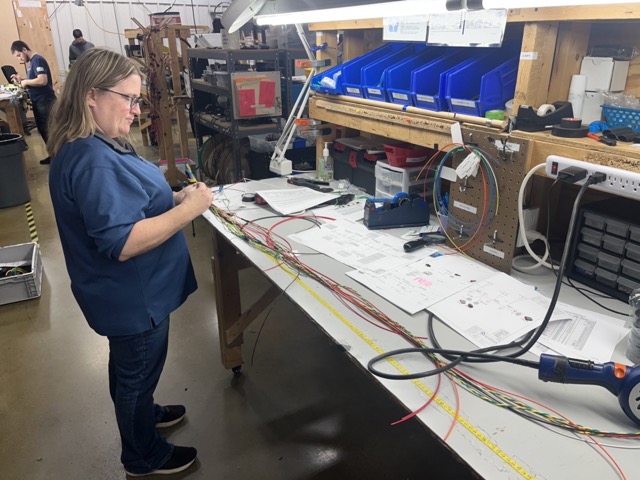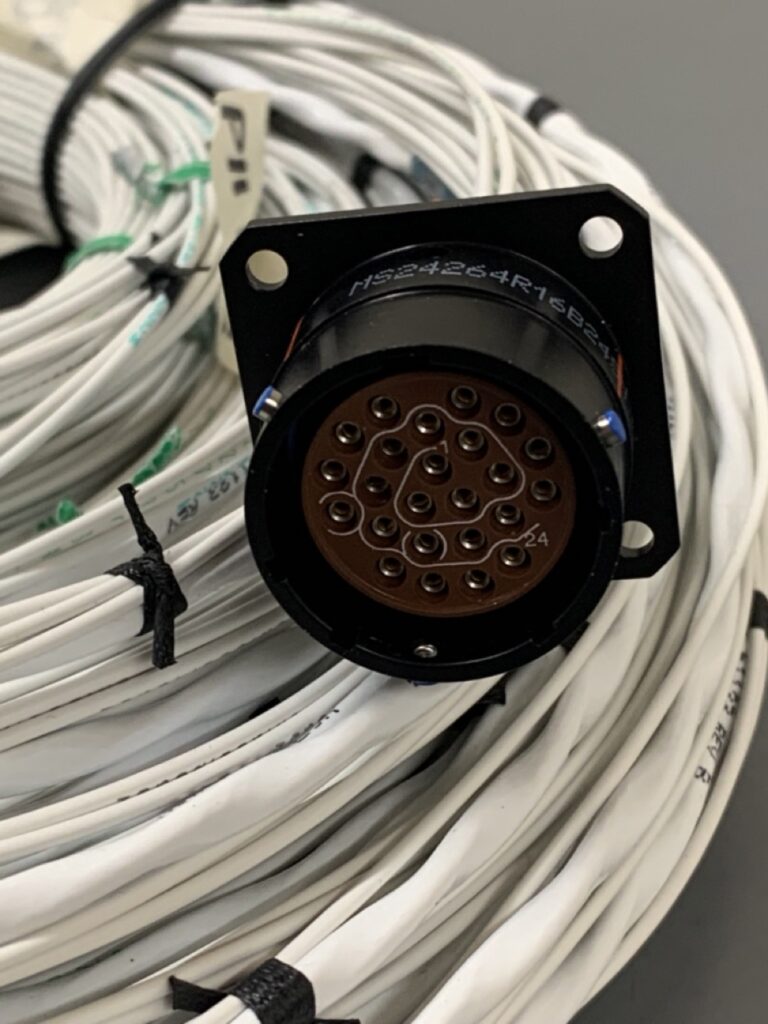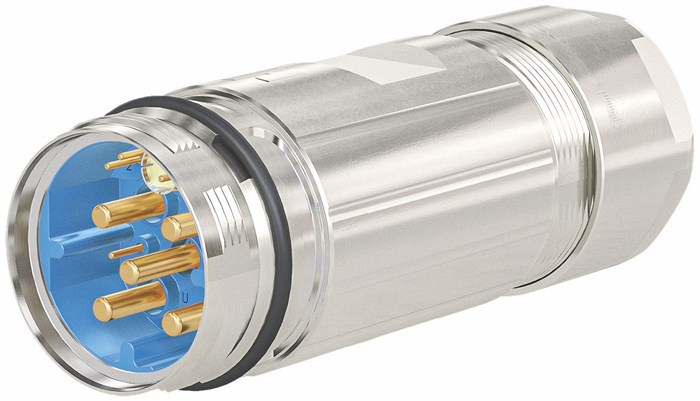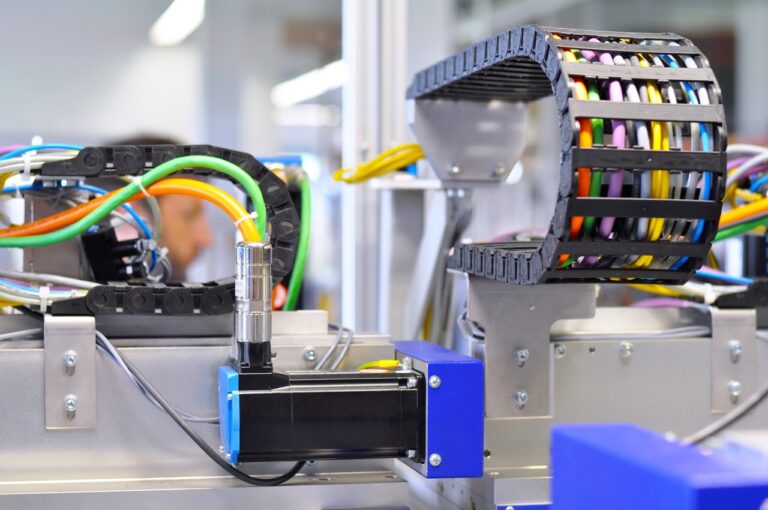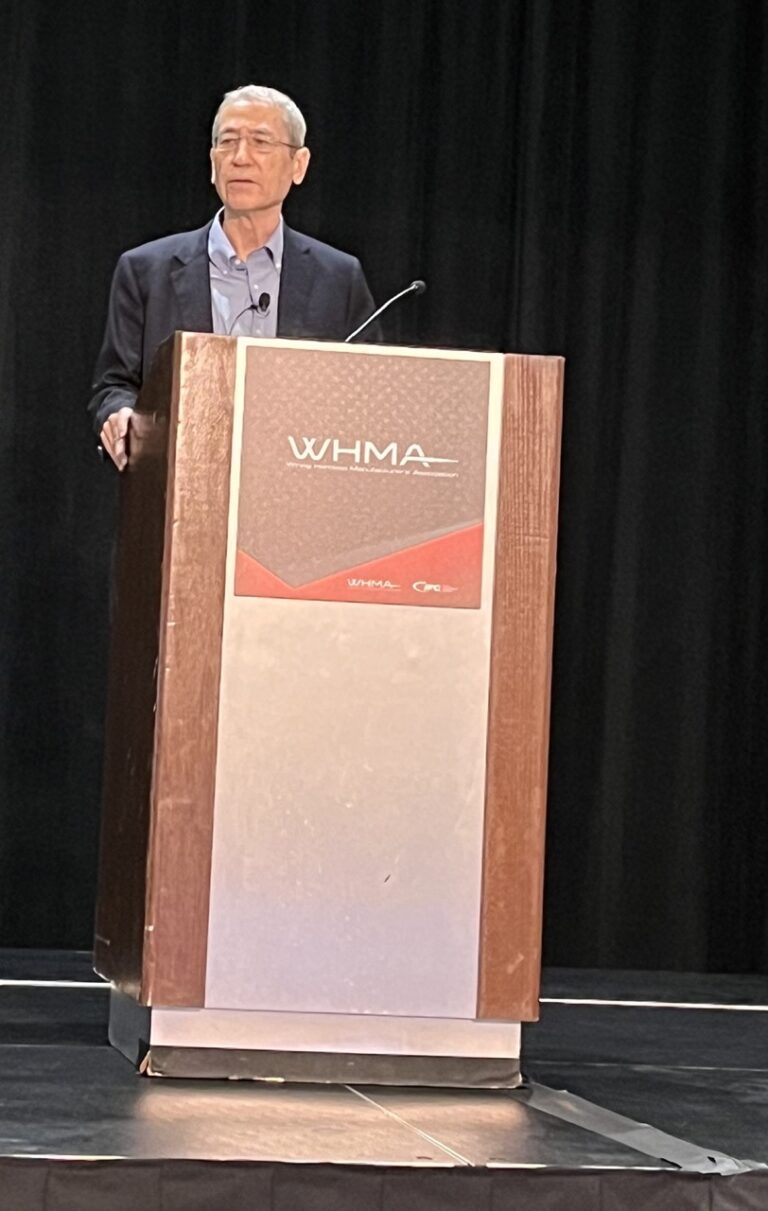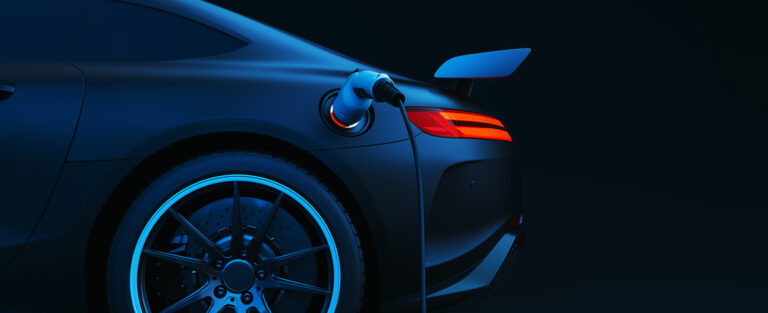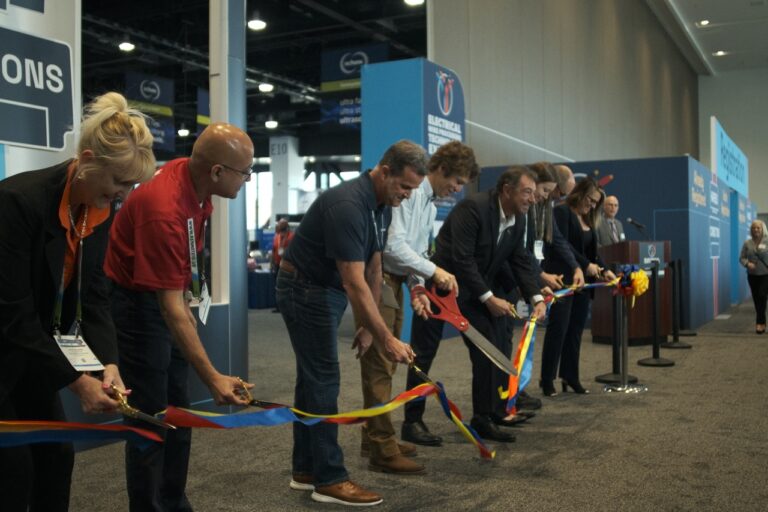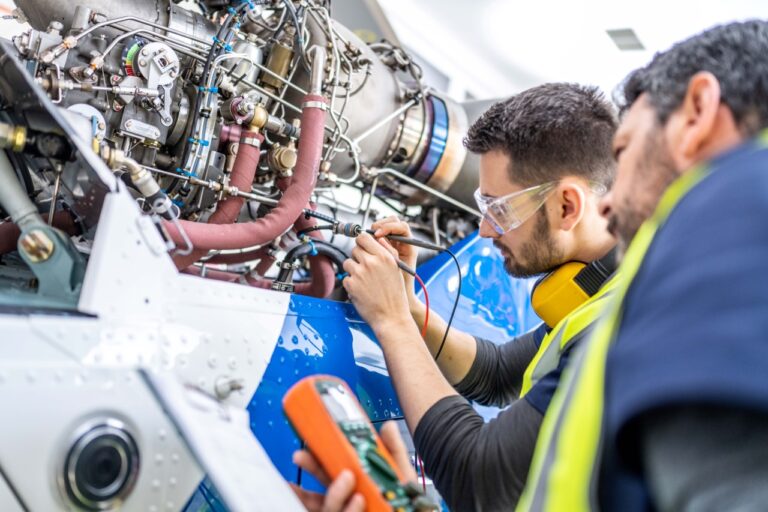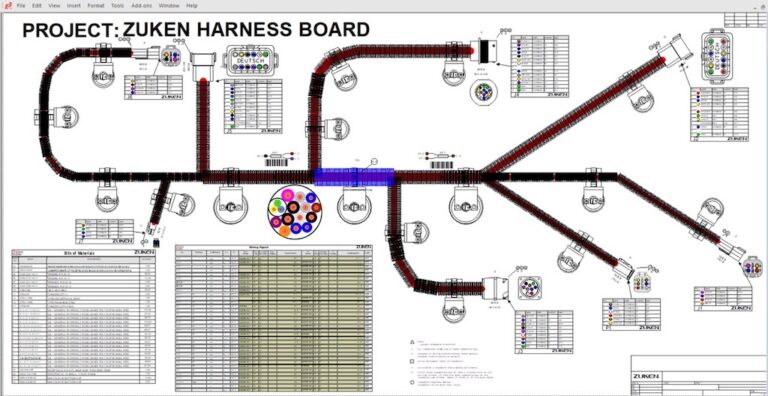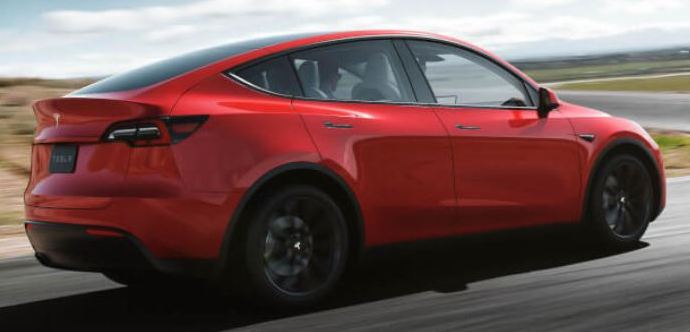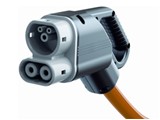A Look into The Future of Vehicle Wiring Design
Vehicle OEMs Are Starting to Focus on Equipment Wiring
Vehicle OEMs with new growth products (think Tesla) along with startup aerospace OEMs (think Blue Origin), are creating products that naturally have a higher electrical system content. As such, they are starting to focus on improving their wiring design methods. These products include, private space exploration, autonomous vehicles with spinoff options and, of course, mainstream electric vehicles and their supporting electric charging infrastructure. In this article, we will concentrate on the latter.
Tesla is leading this focus on improving wiring design in their Model-Y car development (Fig. 1).
Figure 1. Wiring system development on the Tesla Model Y could be the harbinger of future auto industry designs.
The Model-Y has been announced by Elon Musk to be a “manufacturing factory revolution”. This focus on improving car wire design means potential improvements have passed Tesla’s “Can we make this 10X better” test. This test is best explained in three of Elon Musk’s famous quotes:
1) “I operate on the physics approach to analysis”, “You boil things down to the first principles or fundamental truths in a particular area and then you reason up from there. Then you apply your reasoning to those axiomatic principles to assess what is really possible and what is simply perceived to be possible.”
2) “Making something just 10% better means you are competing with everyone else in the world.” When you go for ambitious bold, even failures get you important results. Shoot for 10X, reality will degrade to 2X, if you shoot for 2X, reality will degrade it to 10%. When somebody has a breakthrough innovation, it is rarely one little thing. Very rarely, is it one little thing. It’s usually a whole bunch of things that collectively amount to a huge innovation.”
3) “Will the need still be here in 10 years or even 20 years? Do not waste your time on urgent temporary needs (paraphrased).”
The Tesla Model Y will hopefully provide a real-life example on what can be done, when wiring design finally gets an upfront focus. Here are some of Tesla’s cable & wire design improvement goals for the Model-Y SUV (announced March 14 2019, production start fourth quarter 2020).
- Wiring and Components – The total length of wiring used in the Model-Y SUV, to be 100 meters (330 ft.) versus wiring length used now in the Model-3 car at 1,500 meters (4920 ft.) while sharing 75% of total car components with the Model-3.
– The same cable (sometimes the same conductors too) will be used for power and signal/data. Termination ends of wiring to circuit boards and components, will use smart chips, and new communication chip standards like USB type C
– Some wiring will be converted to flex circuits (where applicable).
– One may not realizeelectric cars still have lowly 12-volt (usual lead-acid) batteries on board to power the vehicle’s 12-volt systems, but they do. Tesla’s goal is to replace the old 12-volt system components with higher voltage system components, probably 48V. The idea is that the new electrical systems will be powered directly by the vehicle’s main lithium-ion battery. The impacted components will need to be redesigned to operate at the higher system voltage.
- Automation – Tesla is well aware of the limitations of traditional wiring systems towards automation. For this reason, they have patented designs for what they call Structural Cable. The actual October 2018 patent (US20180294075) can be reviewed here:
Following is a synopsis of the patent:
Traditional cables are easy to manipulate with human hands for mating with appropriate connectors on different structures or devices. However, the installation of these cables is difficult to automate. The cables lack sufficient structural integrity and rigidity to be easily picked up, moved, and placed by a robotic arm. Further, because traditional cables are not rigid, they may not be easily formed into different shapes and routed to a pre-determined location amidst tight spatial constraints. Routing traditional, flexible cables during manufacturing, for example to connect different components during automobile manufacturing, typically cannot be automated and therefore requires humans to place by hand. Such manual placement is time consuming, tedious, and costly. In addition, while certain traditional cables are designed to serve multiple purposes (such as power transmission, data, and video) over a single cable; specific applications may not require the transfer of all three types of information.
The structural cable, according to the present disclosure, is a cable with structural integrity that may be manipulated into place by a robotic arm as part of an automated process, while providing reliable data connections to its desired location. As part of the form manipulation, the structural cable preferentially allows manipulation into different geometries allowing for placement that avoids obstacles, and can be performed in a reproducible manner so as to be implemented as part of an automated process. This is achieved by:
- Stiffening custom parallel cable into a structural shape for automated assembly into the car by a robotic arm (Fig. 2).
- Creating custom stiff extrusions with parallel wire/conductors. The majority are optimized for required impedance and shielding for data. Some have conductor cross sections for power (Fig. 3).
- Automation of the connector conductor termination process.
- Designing custom electrical connectors so that final vehicle assembly connection mating can be automated (Fig. 4).
Figure 2 Figure 3 Figure 4
Super Charging Cables and Connectors
Tesla’s latest supercharger stations use cable assemblies that are glycol/water cooled in both cable and vehicle mating DC contacts. These actively cooled cable assemblies are driven by demand for shorter recharging time, while keeping cable DC conductor copper cross section (AWG) small for flexibility and light weight handling (Fig. 5). These are clearly not a typical power cord.
Figure 5
Standardization of electric vehicle recharging connectors is going through growing pains for increasingly high power DC and AC connectors. They are provided by competing companies and government standards, in the U.S, Europe, and Asia.
One can rest assured the development of wiring systems at Tesla is not the afterthought it has traditionally been in vehicle design. Design of the cable & wiring on the new Model-Y is being completed at the same time as the rest of the fundamental car design (mechanical, electrical, software, etc.). The majority is occurring in the virtual design phase, many months before the first physical prototypes are available. Even if these 10X improvement goals degrade to 2X, they will collectively amount to a huge innovation for vehicle wiring.
This upfront virtual wiring design is being made possible by next generation electrical wiring design software:
- Schematic Wiring Diagrams
- Mechanical 3D CAD Electrical Routing
- Manufacturing documentation, with 2D flattened drawings
There is, however, another generation of design software now being developed that changes the manufacturing documentation output. It eliminates the need to create 2D drawings for manufacturing. All information sufficient for product manufacturing resides in the same electronic file as the 3D geometry. This new file type is called Product Manufacturing Information (PMI). As of now, these output files only exist for pure mechanical design using leading mechanical design software. These neutral electronic files are intended not only to be complete enough for use by the downstream manufacturing suppliers, but also for direct use by CNC machining centers.
So where does wiring design fit in? There are two PMI electronic file format alternatives, that are just in their infancy, for including electrical wiring design product manufacturing information. These new PMI files are expected to support cable & harness manufacturing, and wire processing equipment input within 5 years:
1.) STEP AP 242 Edition-2, Developed by Aerospace and Defense
From the “Global Product Data Interoperability Summit 2018”
Planned extensions for Edition-3:
– Equipotential / signal concepts
– Functional information logical link, net, function
– EWIS requirements, safety rules
– Electrical libraries
– Optical fiber specificities
– Manufacturing process (form board)
2.) Vehicle Electric Container (VEC) Version 1.1.3, Developed by Automotive
– Includes new semantics for electrical design, 3 layers (Net, Connection, and Wiring Specification)
We wish success to those vehicle OEMs focused on bringing wiring design to the forefront. They have made it a priority to design the wiring systems simultaneously as the vehicle is being designed, instead of being an afterthought waiting for physical prototypes. Not only will the OEMs benefit from these innovative wiring design methods, but so will cable & harness manufacturers, and wiring component suppliers.
Note: May this article spark future WHM articles on the topic. There are many bright people in our industry who are qualified to speak to the details of these trends. This author hopes to her from you!
About the Author:
Ted Young, Partner at CABLE-I-E, LLC
CABLE-I-E LLC is a startup company in the ownership and minimum viable product development phase. They are focused on creating a cooperative of cable & wire harness manufacturers and of OEM new product design engineering service companies, that want to provide wiring design services to OEMs. Previously at Carestream Health, Rochester NY, Mechanical Product Development Engineer, Technical Project Manager, Responsible for medical X-Ray In-room system, DRX Evolution Plus. Previously at Eastman Kodak, Wire Harness Manufacturing Engineer.





















